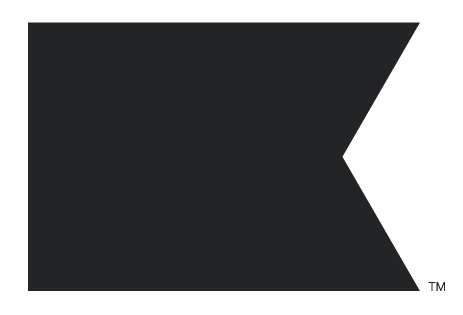I have a pop up from which I would like to pass page url information as a silent property so that the welcome email can mention that brand ( or even better shopify product vendor information ). Is this possible?
Thanks in advance
Sean
I have a pop up from which I would like to pass page url information as a silent property so that the welcome email can mention that brand ( or even better shopify product vendor information ). Is this possible?
Thanks in advance
Sean
Best answer by Ashley I.
Hi
Thank you for this great question about Sign-Up forms!
It sounds like what you are looking for is a Hidden Field that would be captured as a user submits the form in order to collect URL. This field is not shown to users on the frontend, but is captured at a Profile level in Klaviyo as a Property, which you can then use to segment the user, or to add a conditional split to your Welcome Series flow in order to send them the most relevant content.
By default, all new signups have a Source property as a hidden field. This identifies where the profile came. To set up an additional Hidden Field, please follow these steps while in the Form Editor:

Note: If you add hidden fields that correspond to properties that already exist on someone's profile, they will be overwritten by the new value when someone submits the form.
If you are unfamiliar with Properties in Klaviyo, feel free to check out this guide in the Help Center: Profile properties reference.
You can also reference these other helpful thread on the Community that discuss the use of Hidden Fields and Custom Properties:
--
Hope this helps!
-- Ashley Ismailovski
Enter your E-mail address. We'll send you an e-mail with instructions to reset your password.
